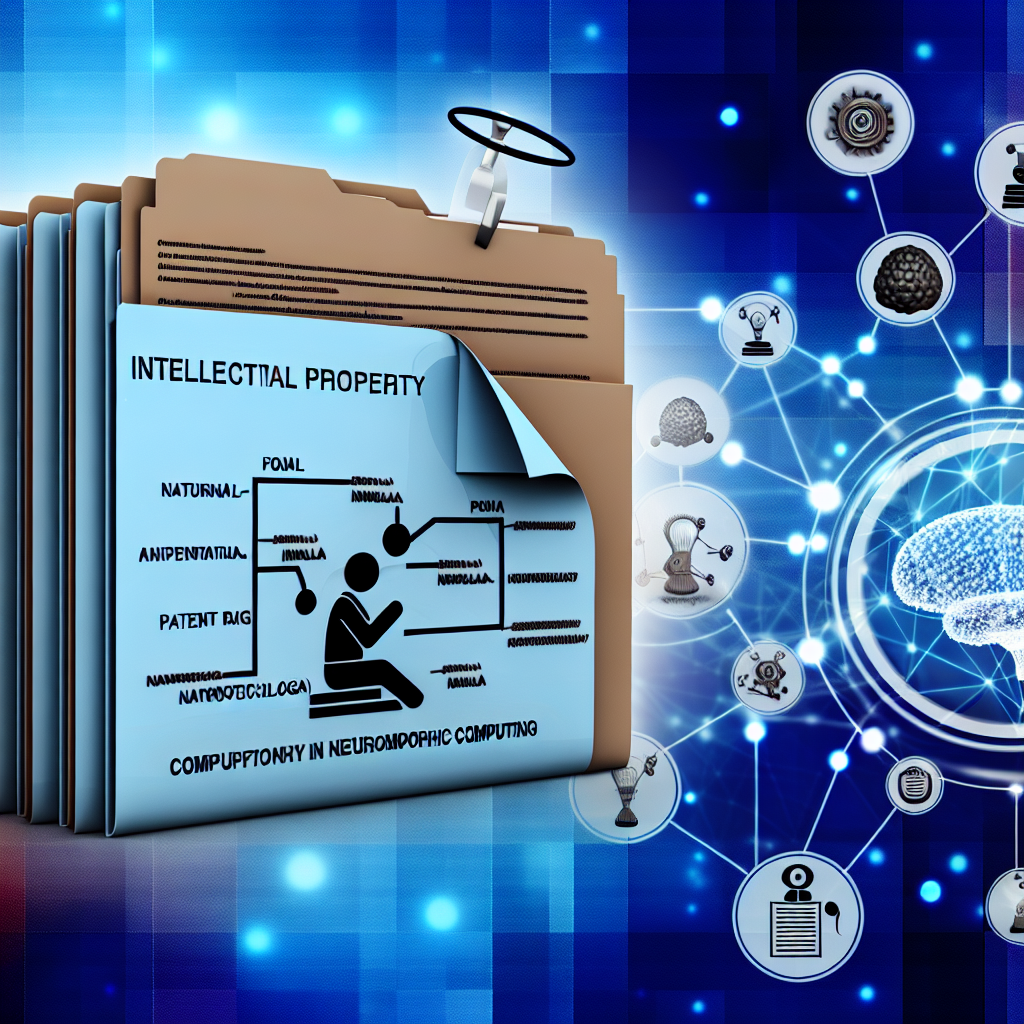
Intellectual Property in Neuromorphic Computing: Protecting Innovations
Introduction
In the rapidly evolving realm of technology, neuromorphic computing stands out as a revolutionary frontier. As this unique approach emulates the workings of the human brain to enhance computational efficiency, it brings forth a multitude of innovations. However, with innovation comes the pressing need to protect intellectual property (IP). This article delves into the intricate balance of fostering creativity while safeguarding innovations within the sphere of neuromorphic computing. At The Consultant Global, we understand the significance of these issues and offer unparalleled consultancy services tailored to your needs.
Understanding Neuromorphic Computing
What is Neuromorphic Computing?
Neuromorphic computing refers to the design of systems that mimic the neural structure and functioning of the human brain. This technology integrates networks of artificial neurons and synapses to process information more effectively than traditional systems. Such approaches not only enhance performance metrics but also minimize energy consumption, which is pivotal in the realm of large-scale data processing.
Applications of Neuromorphic Computing
Neuromorphic computing boasts a wide array of applications across various sectors:
- Artificial Intelligence: Enhances machine learning algorithms and natural language processing.
- Robotics: Enables robots to learn from and adapt to their environments.
- Healthcare: Facilitates faster diagnosis through advanced data analytics.
- Autonomous Systems: Supports the development of self-driving cars and drones.
As this technology burgeons, so too do the significant investments in research and development across global markets.
Intellectual Property Rights and Neuromorphic Computing
The Importance of Intellectual Property Protection
In the landscape of neuromorphic computing, protecting intellectual property is vital. With many players in the field striving for innovation, ensuring that unique creations are legally safeguarded fosters an environment conducive to further advancements. Robust IP protections prevent theft, infringement, and unauthorized use, allowing inventors and companies to retain their competitive edge.
Types of Intellectual Property
There are several forms of intellectual property that can be relevant to neuromorphic computing:
- Patents: These provide legal rights to inventors for their novel inventions, ensuring exclusive use for a certain period.
- Copyrights: Protects original works of authorship, including software and related materials.
- Trade Secrets: Any confidential business information that provides a competitive advantage can be protected under trade secret laws.
- Trademarks: Protects brand names and logos that distinguish products or services in the marketplace.
Understanding and leveraging these protections is crucial for entities involved in neuromorphic computing.
Challenges in Protecting Intellectual Property
Evolving Technologies and Patent Law
As neuromorphic technologies advance, the applicable patent laws often lag behind, creating a complex landscape for innovators. Algorithms and methods may be difficult to patent due to challenges in proving novelty and non-obviousness. Thus, companies must navigate these challenges strategically to secure their innovations.
Global Compliance and Legal Considerations
International thinking is necessary as IP laws differ across jurisdictions. For instance, the U.S. and the U.K. follow specific guidelines that may not be directly applicable in other regions. The UAE is positioning itself as a hub for tech innovation, prompting local entities to align their IP practices with international standards. In this regard, securing expertise from firms like The Consultant Global ensures compliance and maximizes protection across diverse legal landscapes.
Strategies for Effective IP Protection in Neuromorphic Computing
Conducting Comprehensive IP Audits
Regular IP audits help assess existing protections and identify potential vulnerabilities in your innovations. This process should be integral to your compliance strategy, ensuring your IP portfolio is robust and up-to-date.
Utilizing Non-Disclosure Agreements (NDAs)
Before entering partnerships or collaborations, employing NDAs is essential to safeguard sensitive information. These agreements can prevent the unauthorized use of proprietary technologies and data.
Educating Employees and Stakeholders
Ensuring that all team members understand the significance of IP protection enhances compliance and fosters a culture of innovation. Workshops and training sessions can improve awareness regarding legal responsibilities and protective measures.
Conclusion
The intersection of intellectual property and neuromorphic computing underscores the vital need for tailored protection strategies as innovations become more prevalent. At The Consultant Global, we are dedicated to guiding businesses through the complexities of IP, ensuring that your unique innovations are safeguarded. Our wealth of experience in consulting across diverse cultures, alongside our multilingual capabilities, positions us uniquely to serve clients in the GCC and UAE markets effectively. By prioritizing effective IP strategies, companies can foster an environment where groundbreaking technologies can thrive without the threat of infringement. Let us consult with you to ensure your innovations flourish securely in a competitive landscape!




Leave a Reply